Thixotropic Additive Supplier – Camp Shinning Organoclay
Your Best Thixotropic Additive Supplier
Camp Shinning’s thixotropic additive is known worldwide for its high standards when it comes to quality. Our thixotropic agent , organoclay, organophilic clay,
rheology modifier and rheological additive are steady, reliable, and economic—and in terms of innovation, we’re constantly raising our standards. Those who
order thixotropic additive from us can rest assured that they’re getting a thixotropic solution of the highest quality.
Thixotropic Agent For Epoxy
Thixotropic Agent For Solvent Based Paints
Thixotropic Additive For Solvent Based Paints
Thixotropic Agent For Grease
Thixotropic Additive For Grease
Thixotropic Agent For Ink
Thixotropic Agent For Ink
Thixotropic Agent For Oil Drilling
Thixotropic Additive For Oil Drilling
Advantage Of Thixotropic Additive In Paint | Organoclay
High gelling effectiveness
Good sag resistance
Increases anti settling ability in paint (Prevents pigment Settling)
High thixotropy when Thixotropic Additive (Solvent based paints)
Confers temperature stability
Imparts particle suspension

Thixotropic Solution
Camp Sinning is a well-known manufacturer and supplier of thixotropic additive in China. With more than 20 years of experience. All production of thixotropic agent is strictly in accordance with ISO standards to ensure the stability of product quality.
On the basis of a lot of experience in serving paint, coating, ink and grease manufacturers, especially the cooperation with some of the world’s top paint and coating manufacturers, Camp Shinning has accumulated reliable experience in producing high quality organic bentonite clay thixotropic additives.
Camp Shinning’s organic bentonite clay thixotropic additive , special for solvent based paints and water based paints could control of dosage, cost, color, viscosity, thickness, anti settling, anti sagging,rheopectic and thixotropic and other properties.
Our aim is to help more paint manufacturers to achieve a leading position in the market by improving the thixotropy, thickening, sagging resistance and sedimentation resistance of paint.
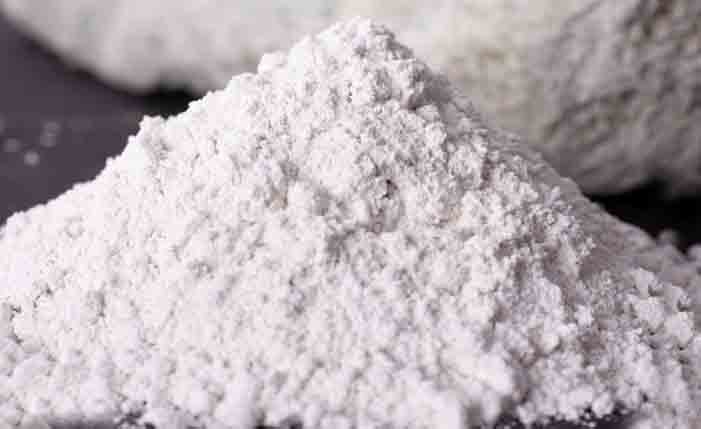
Thixotropic Additive
Thixotropic Agent
CONTACT US NOW
Rheopectic And Thixotropic
Organo bentonite is an thixotropic additive, designed especially for use in solvent based system including intermediate and low polarity polarity range organic liquid.
Thixotropic agent is an improved organo bentonite . It is more fine, and easier to be dispersed compared with traditional thixotropic additive.
Organo bentonite thixotropic additive for water based paints is also used in water borne system. Compared with traditional thixotropic additive has better performance of thixotropy, transparence and dispersion.
Advantages
- Exerts gelling efficiency over a wide range of intermediate and low polarity
- Easy dispersing
- The gel is colourless and of high clarity
- Produce reproducible thixotropic consistency over a wide temperature range
- Imparts particle suspension, sag resistance without impairing flow and leveling, preventing hard settling of pigment and filler
- Exerts strong film reinforcing action in organic binder systems
Application
Thixotropic additive is used in the following applications:
Thixotropic additive for solvent based paints
Thixotropic agent for water based paints
Transparent coatings
- Lubricant Grease, ink, sealant
- Cosmetic
- Nano-composite
- Replacement of fumed silica
Package
Kraft paper bag with PE liner or multi-wall paper sacks or customized. 25kg/bag or 22.68kg/bag or customized
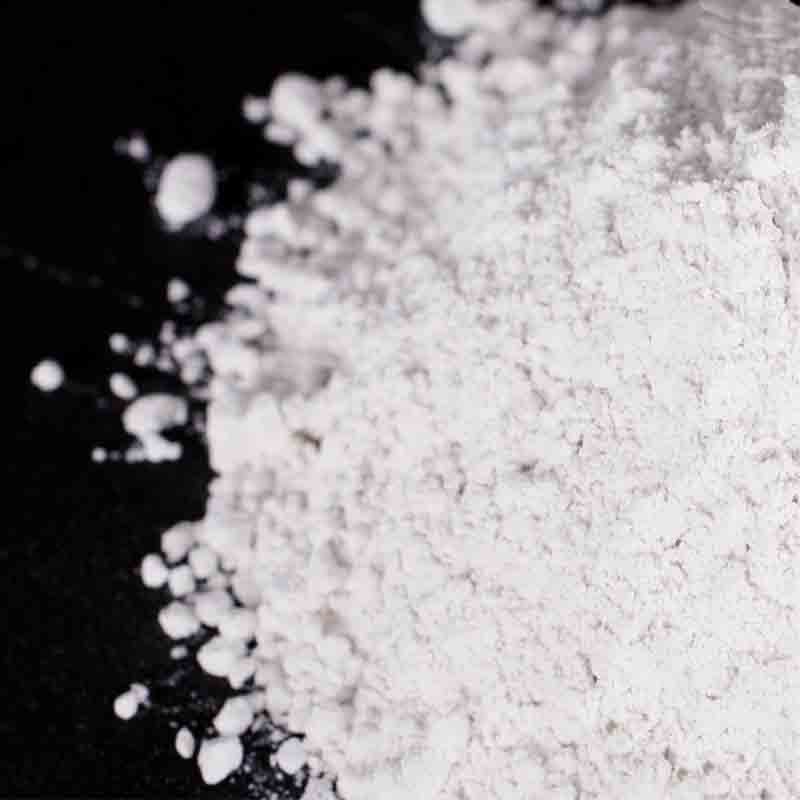
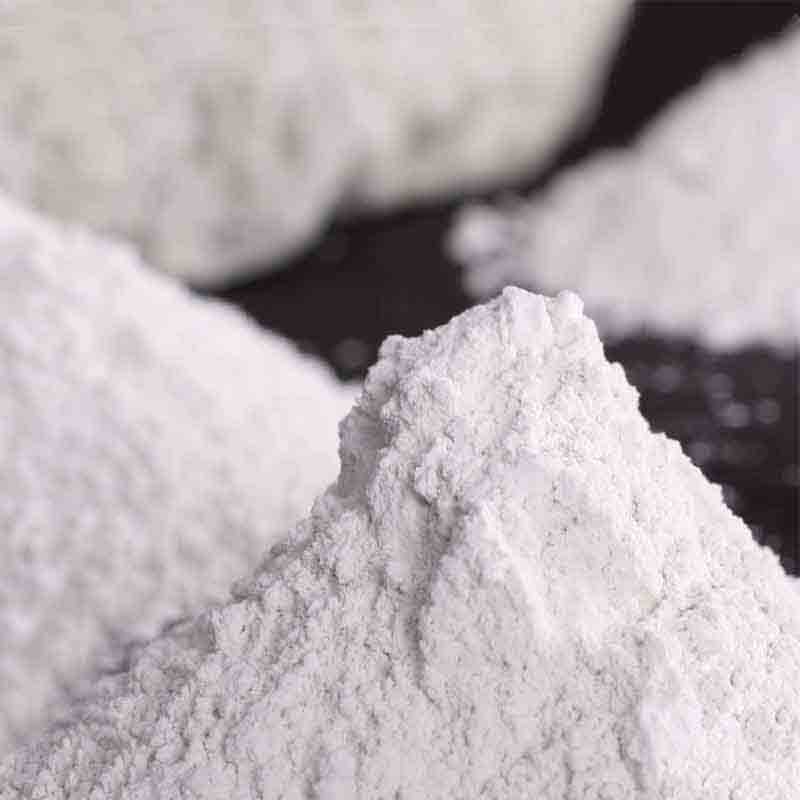
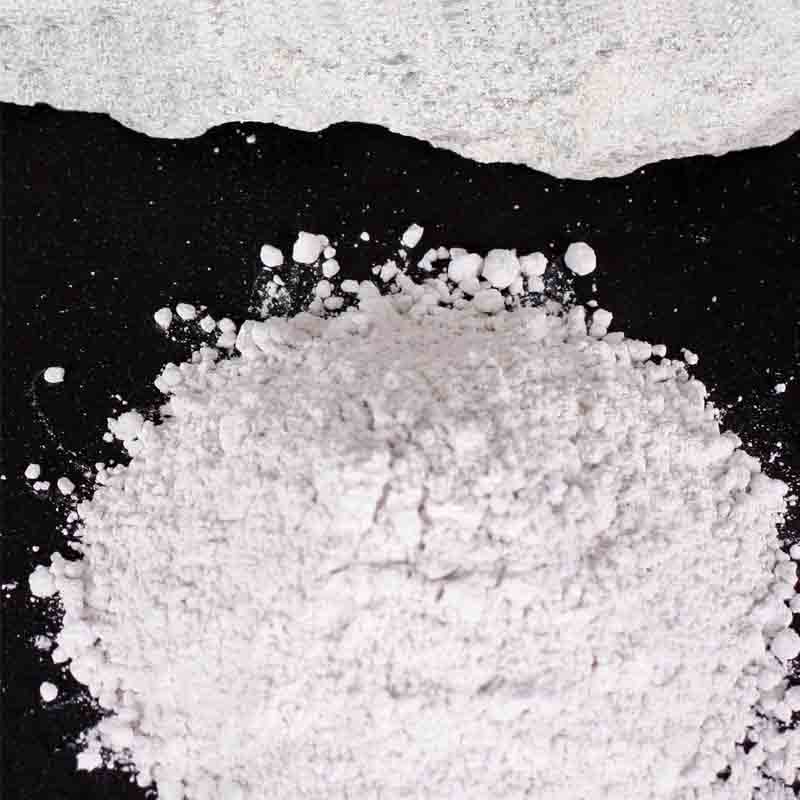
Thixotropic Clay
Thixotropic agent definition
When subjected to sudden modifications in shear rate, a thixotropic fluid is one that takes a set time to return to its stability viscosity. To put it simply, the fluid becomes less viscous (thinner or moves much more quickly) when trembled, mixed, upset or otherwise emphasized. This is our interpretation of the thixotropic agent definition.
Materials which have thixotropy are called thixotropic materials.The most commonly used thixotropic material is thixotropic agent.
Thixotropic agent is a kind of high efficient mineral rheological additive (i.e. thickener). It can be used together with cellulose ether to improve the workability and anti sagging property of polymer mortar products.
(Polymer mortar is a new type of building material in recent years, which is composed of cementitious materials and organic polymer dispersed in water.)In this way, the liquid resin matrix (or gel coat resin) becomes an additive with better fluidity, which is called thixotropic additive or thixotropic agent for epoxy .
Thixotropic additives are widely used in oil well cement slurries to provide thixotropic properties downhole.
They can solve problems of lost circulation and incompetent zones by ensuring that particles disperse continuously in a medium.
Today we talk about thixotropic additive, which mainly refers to organophilic clay bentonite.
Organophilic clay thixotropic additives can be used in non-aqueous solutions, including greases and oils. These materials have a high polarity range, which can be adjusted by adding rheological agents.
Many of these additives are organoclays, which are clays modified with a polar activator. Other examples include xonotlite-based thixotropes and sodium acrylate-based thixotrope.
A highly reactive low-viscosity polyester resin containing styrene and other standard glycols was prepared and then mixed with hydrophobic xonotlite-based thixotropic additives to obtain self-activating organoclay dispersions.
The results of this experiment showed that the polymer gel was highly viscous at a high shear rate.
The thixotropic additive, or triglycerides, is a liquid compound with a bulk density. It is often used as a thickening agent in liquid resin systems.
It can be added to either pure resins or filled ones to produce the desired physical properties. The powder also has a high melting point, which makes it suitable for high-temperature applications.
A new style of organoclay rheological additive is CP-25OA, which is produced from bentonite. This product is used in solvent and resin systems with high polarity.
It can be added to a powder under high shear conditions. It is commonly added at a concentration of 0.1% to 11% by weight. Its viscosity is comparable to that of the water and is suitable for use in a wide range of solvents.
A thixotropic additive is an agent that helps improve a material’s flow properties after tinting.
This additive is a tin-free, organic zirconium compound. Its neutralization with sodium hydroxide neutralizes the tin in the compound. This product is particularly useful in brush and roller applications and can be optimized for dosage-dependent triglyceride levels.
A thixotropic additive is an emulsion of hydrophobic xonotlite and a polar solvent. Generally, the thixotropic additive is transparent and light-colored. It can be dissolved in water and is suitable for food and drink products.
The recommended dosage ranges between 33% and 60% of the weight of thixotropic clay. A thixotropic additive can help to prevent borehole collapse when used in soft soil and improve the relay process.
It is also used to improve rheological properties. This type of thixotropic additive is a clear, transparent gel that can be easily dissolved in water or alcohol. Its rheological effects are enhanced by the addition of an activator such as methyl acohol/water (95%). The recommended dosage ranges from 33% to 60% of the thixotropic clay.
The thixotropic additive organo bentonite is a type of natural clay that is a good absorbent. It can also be used in the production of coatings.
It is found in a variety of applications, from paints to rubber. The thixotropic clay can be used as a general filler, which means it can be used to enhance the adhesion of the final product.
Besides its anti-settling properties, thixotropic clay has a wide range of other uses. In addition to being an excellent adhesive, it can also help a coating achieve the desired rheological properties. The most common uses for thixotropic clays are in waterborne coatings. In general, it is a good choice for many applications. Its versatility makes it an excellent rheological agent for a variety of materials.
Using a thixotropic additive is a simple way to improve the fluidity of a polymer mortar. It is a chemical that can be used in construction to improve the properties of a concrete mix. It is also a useful rheological additive for a wide range of other applications.
Some examples include paints, rubber, inks,grease and oil drilling mud. This versatile ingredient is used in many applications.
In general, a thixotropic additive is an additive that improves the rheology of a liquid. The main use of a trigonal thixotropic agent is to increase the viscosity of the cement.
It is a great way to make a cement stronger and more durable. Its unique properties make it a perfect thixotropic agent for a liquid silastic material.
Thixotropy exists widely in paints ,coatings,inks,grease lubricant and oil drilling mud. Take ink which we are more familiar with as an example to help us better understand thixotropy.
When stirring ink, the ink will dilute and dilute from gelatin to gel. Stop stirring the ink and return to the gel state, which is called the thixotropic nature of the ink. The change of the ink between the gelatinous and the colloidal forms is called thixotropy when the ink has external force.
Thixotropic additive supplier Camp Shinning could supply you professional thixotropic solution.Whatever you take organic bentonite clay to thixotropic mud or thixotropic agent for epoxy.
thixotropic additive can be divided into positive thixotropy and negative thixotropic additive. Positive thixotropic additive refers to the phenomenon that the viscosity of the system decreases with time under the action of external force, and then recovers after it is still. Negative thixotropy is a shear thickening phenomenon with time factor.
thixotropic additive generally exists in polymer suspensions, which represents the dependence of fluid viscosity on time.It is of great significance to research and develop thixotropic materials, which can be applied in grease lubricant ,printing inks ,paints coatings and oil drilling mud. Thixotropy is a particular attribute of particular gels or fluids that exist in thick kind under regular conditions, however, start moving (become thin, much less viscous) when shaken or agitated.
- Thixotropic agent for epoxy
Epoxy resin can be made into coatings, composite materials, casting materials, adhesives, molding materials and injection molding materials, and has been widely used in various fields. In order to obtain its application value, epoxy resin and additives are generally used at the same time.
Thixotropic gel can be used as thixotropic agent for epoxy or rheologic agent for epoxy resin. The function of rheological agent is to improve the stability and coating performance of coatings, and improve the quality of coatings.
Rheological agents are also divided into thixotropic rheological agents and pseudoplastic rheological agents. Thixotropic rheological agent can show the real-time structure recovery rate after shear removal.
Thixotropic Additive can be used in coatings to obtain satisfactory anti rheological property without loss of flow and leveling property. Its application effect in coatings is better than that of pseudoplastic leveling agent.
2.Thixotropic clay
Thixotropic clay has great advantages in improving and solving the technical difficulties which are difficult to overcome by traditional construction methods.
Thixotropic clay is used as wall protection material to maintain the stability of borehole wall and avoid hole collapse in saturated flowing soft soil, so as to achieve a significant breakthrough in the depth of the borehole.
In the pipe jacking project, to isolate the soil arch and lubricate the pipe wall can greatly reduce the jacking force and increase the sectional jacking length, so as to reduce the setting of jacking pit, improve the relay process and speed up the progress, which can achieve good technical and economic results.
In the caisson project, the thixotropic mud isolation layer between the well (box) wall and the soil wall can almost completely remove the sinking and resistance of the caisson wall, so that the caisson can obtain the most ideal economic construction in structure. The light straw structure is adopted, and it is not limited by the buried depth.
Moreover, because it can maintain the stability of the foundation around the caisson and ensure the safety of the adjacent buildings, it has unique advantages for the deep foundation and underground engineering built in the original dense building group.
In addition, thixotropic clay slurry can be used to build impervious and shockproof curtain for underground bearing structures.
On this basis, a new method of constructing large underground pipe sections, tunnels and shallow buried underground railways has been developed.
In the pipe jacking project, to isolate the soil arch and lubricate the pipe wall can greatly reduce the jacking force and increase the sectional jacking length, so as to reduce the setting of jacking pit, improve the relay process and speed up the progress, which can achieve good technical and economic results.
Moreover, because it can maintain the stability of the foundation around the caisson and ensure the safety of the adjacent buildings, it has unique advantages for the deep foundation and underground engineering built in the original dense building group.
Why the viscosity of thixotropic fluids decreasas after shear?
Take ink as an example.
Thixotropy of ink is mainly caused by flocculation between binder and pigment in ink. Flocculation refers to the aggregation of suspended particles in water or liquid, or the formation of flocs, so as to accelerate the aggregation of particles and achieve the purpose of solid-liquid separation.
When the ink is still, the pigment molecules in the ink form a loose structure. When the ink is subjected to shear force (“shear” is the relative dislocation deformation of the cross section of the material along the direction of the external force under the action of a pair of forces which are very close to each other and of the same size and perpendicular to the action surface)
During the action, the fluid becomes thinner and the viscosity decreases;
When the external force is removed, after a certain period of time, the internal molecules or pigment particles of the fluid will re establish the original flocculation (or reticulate) structure and restore the original gel state.That is, the viscosity rises.
Anti settling agent is a kind of Organo bentonite , because it has its own limitations. Camp Shinning’s Organo bentonite anti settling agent in paint has outstanding advantages in anti sagging, anti settlement and thixotropy.
Four points for attention in the use of organo bentonite anti settling agent
In the process of coating production, organo bentonite anti settling agent should be used. The correct use of organo bentonite anti settling agent can reduce the production cost.
1. Advance pulping: before using the special thixotropic additive for coating, pulping should be carried out. Water about 3 times of the thixotropic additive organo bentonite should be added according to the dosage, and the pulping should be soaked, and then put into use.
2. Function: thixotropic additive organo bentonite plays the role of thickening, suspension, adhesion and anti settlement in waterborne coatings. Correct use of bentonite can give better play to its performance.
Thixotropic additive organo bentonite must be soaked in water before pulping to effectively absorb water and expand. It must not be added together with inert fillers such as light calcium and double fly powder.
In this way, it can not effectively play the active role of thixotropic agent organo bentonite . Most of bentonite can not play the role of thickening, suspension and bonding, but can only play the role of general fillers, which increases the cost.
3. Usage: the correct usage should be soaking in advance, which can be placed in any container for more than 10 hours. The bentonite after soaking and pulping can be added at will according to the dosage in coating production.
So as to maximize the performance of thixotropic agent organo bentonite and achieve the purpose of saving cost and improving product quality.
4. Reference dosage: 2-3% of the total amount of coating.
Note: due to the excellent expansion performance of thixotropic agent organo bentonite for coating,thixotropic agents in paints a small sample test should be conducted when it is used for the first time to find out the difference in the amount of organo bentonite used with other brands, so as to prevent excessive expansion.
The above is the use of bentonite coating four points for attention, I hope to help you.
Conclusion
Clearly, importing organo bentonite anti settling agent in paint is simple and straight forward.
All you should do is to understand everything I have highlighted in this guide.
From evaluating costs, knowing anti settling properties and choos correct modes for for solvent based paints and water based paints.
And more importantly, to contact Camp Shinning sales dept.
I hope this helps.
Also, I’d wish to hear from you – do you ever use thixotropic additive in paint before ?
What was your experience?
Salse Dept: [email protected]
Whatsapp: +86-13185071071
When thixotropic fluid is fixed for a certain time, it will change from sol to gel.
Thixotropic fluids have the following characteristics:
(1) The structure changes reversibly, that is, when the fluid is subjected to external force, the structure changes, and after eliminating this force, the structure can gradually recover;
(2) When the shear rate changes from high to low, the viscosity of the material decreases with time;
(3) Under cyclic shear, the equilibrium viscosity of step up process is higher than that of step down process, and thixotropy is related to shear history.
Thixotropic gels are commonly used as stabilizers in suspensions, allowing particles to disperse steadily in the medium rather than settling easily.
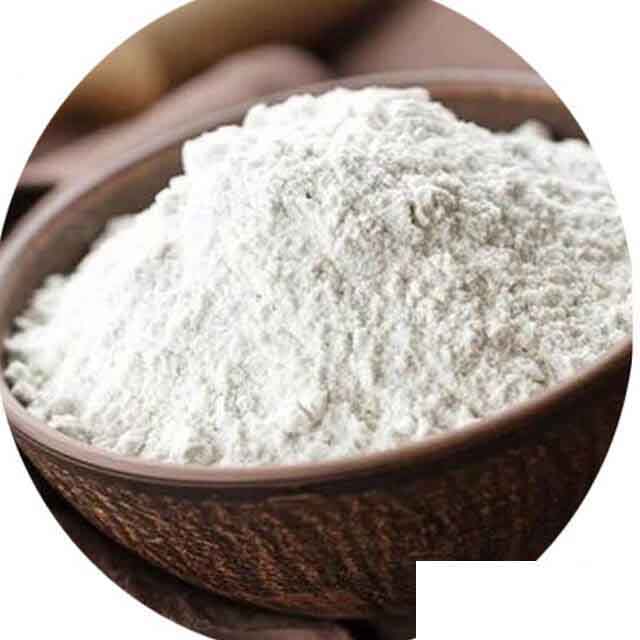
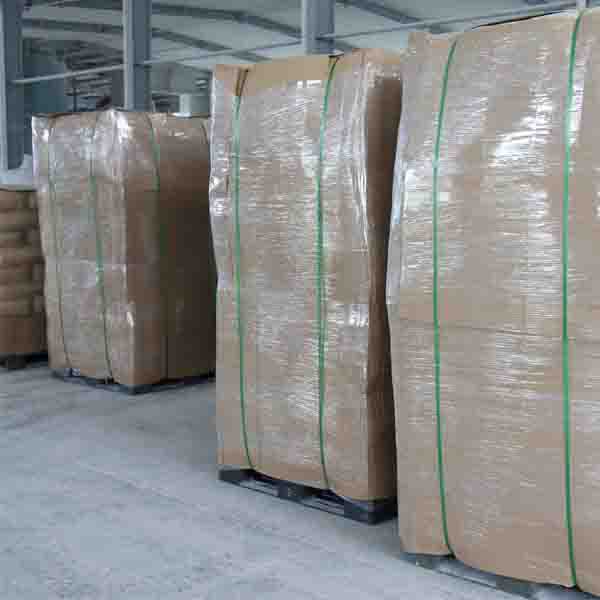
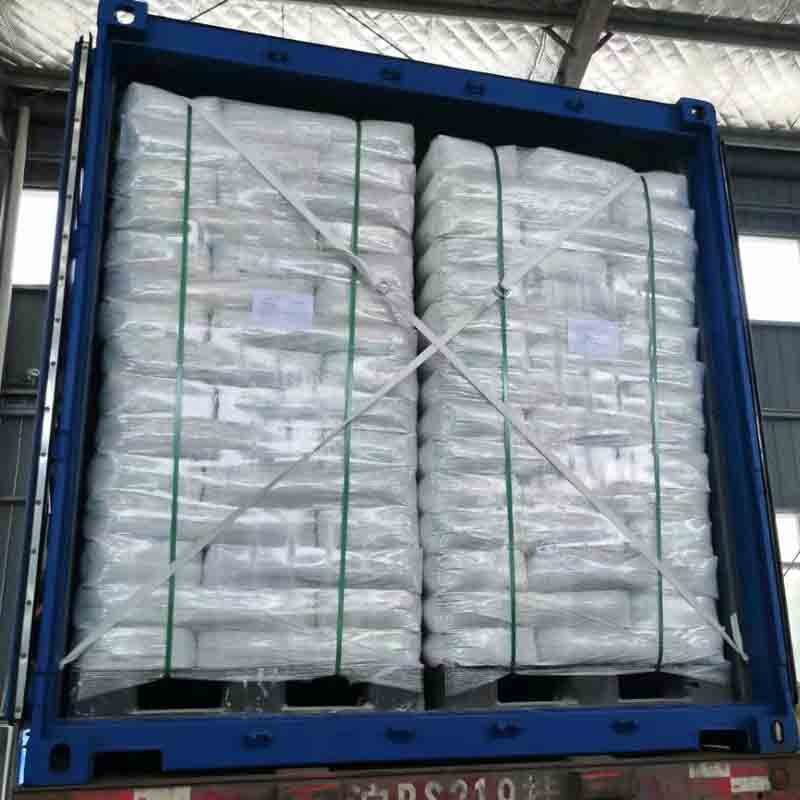
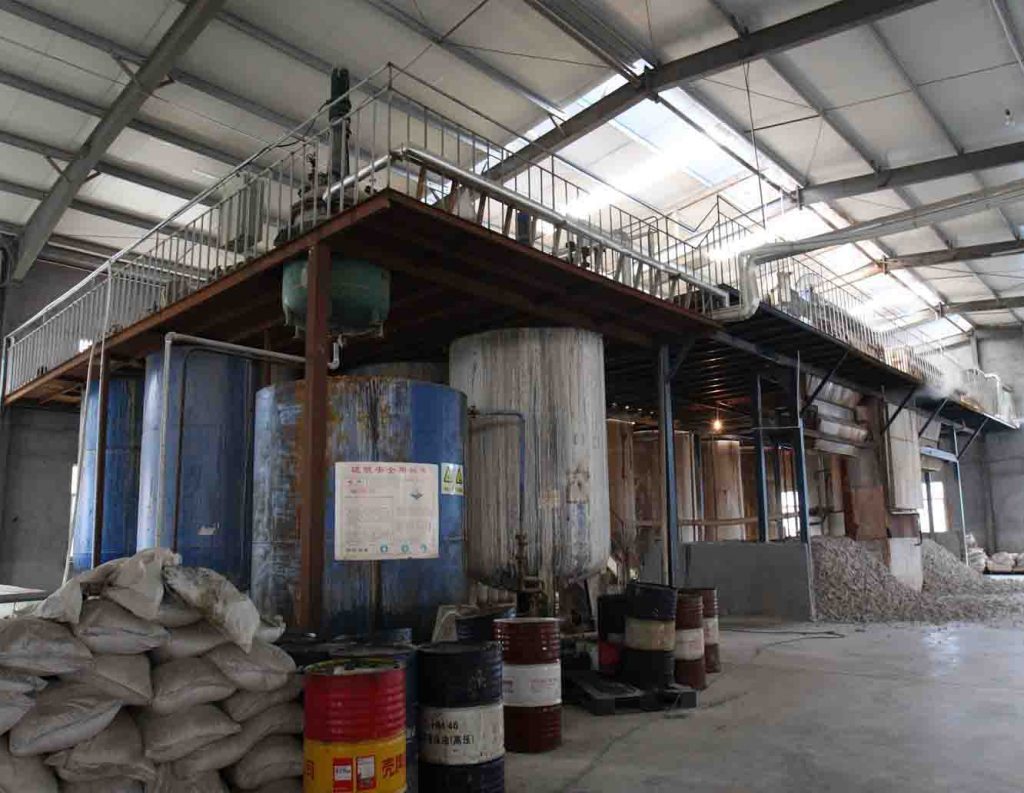
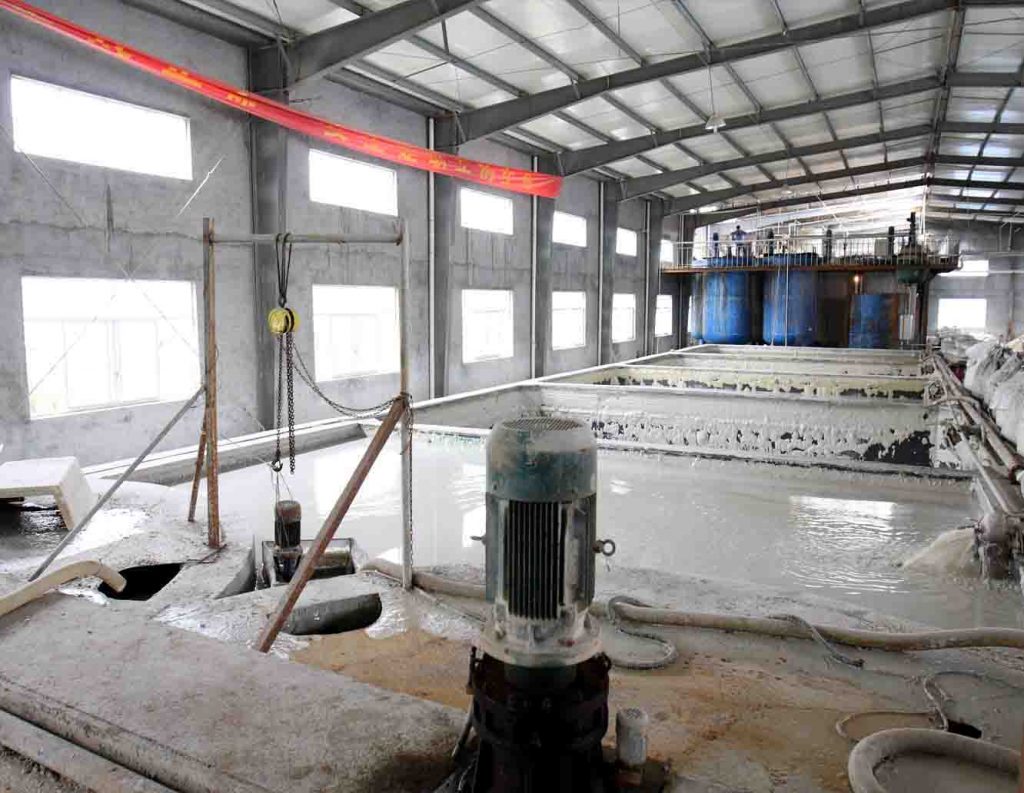
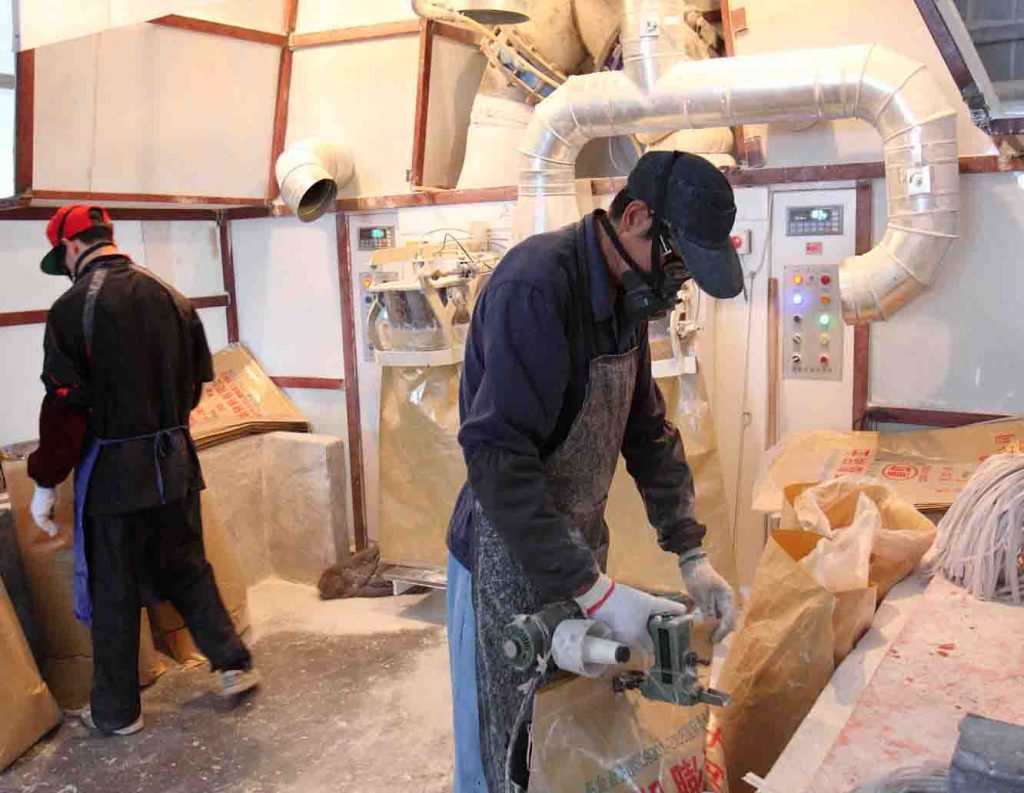
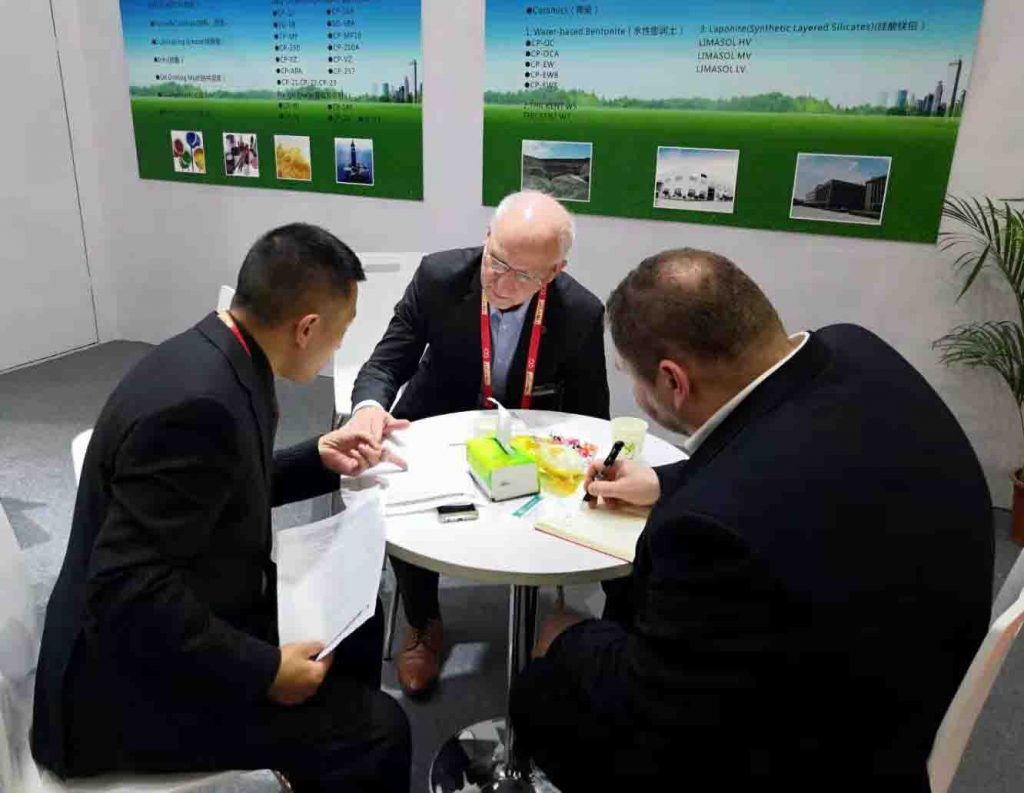

Thixotropic additive | thixotropic rheology | thixotropic index | Thixotropic gel | thixotropic gel additive | Rheopectic And Thixotropic | Thixotropic clay | thixotropic solution | Thixotropic mud | Thixotropic agent for epoxy | thixotropic agents in paints
Rheologieadditive is a anti settling agent, as a main thixotropic gel additive and thixotropic clay.This thixotropic is mainly to provide thixotropic solution for your paint, coating and ink users.So when you need rheology modifiers for oil,Pls contact us, Camp Shinning will guide you how to improve thixotrophy.
